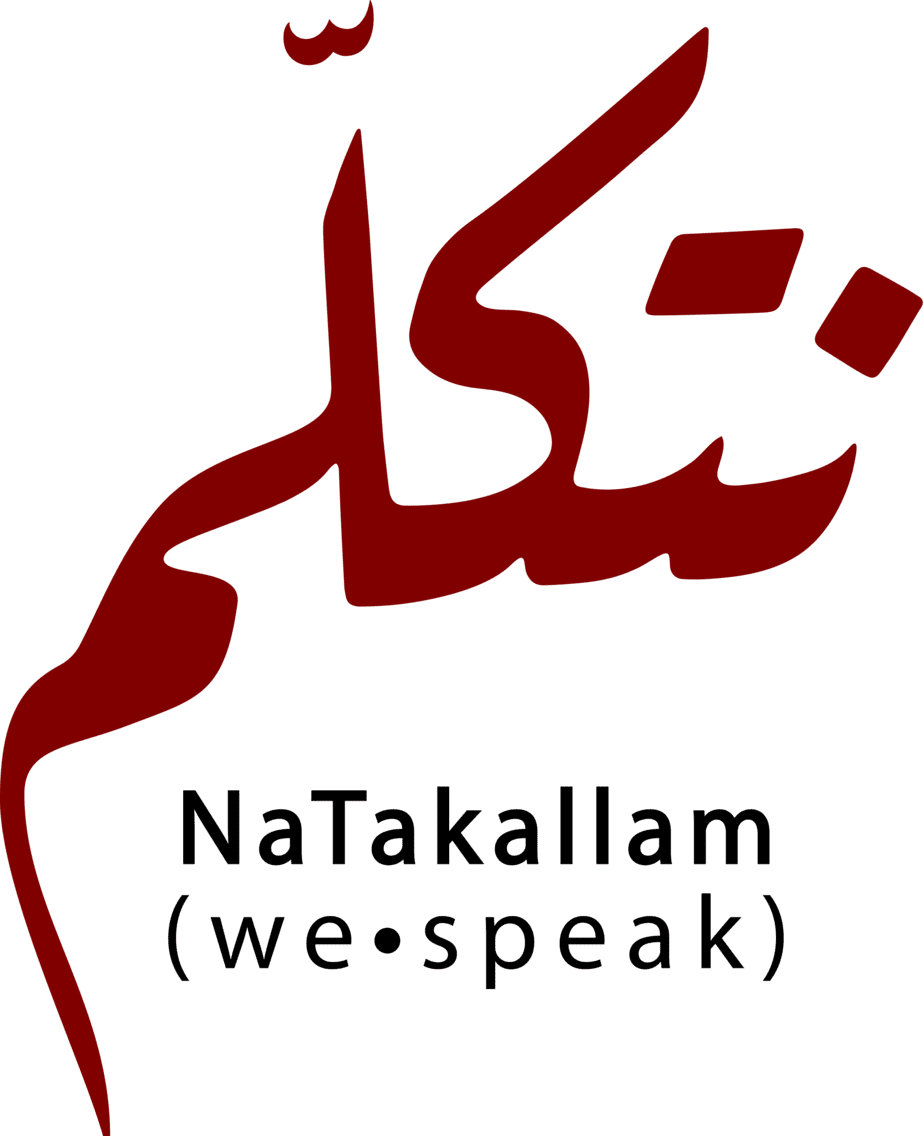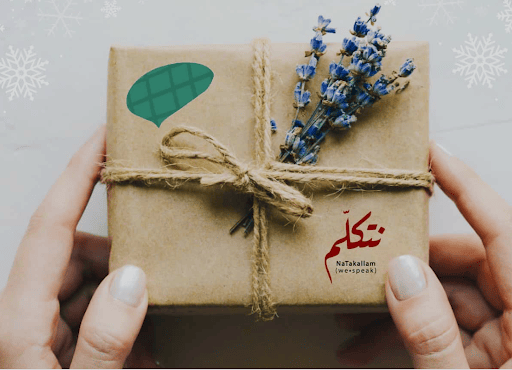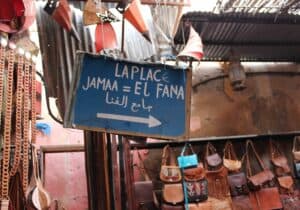Five New Year’s Resolutions with Social Impact
Now that 2023 has come to a close, it’s a habit for many to reflect on the past year and think ahead to the future we want to build — to the changes we want to see in our lives. Many New Year resolutions focus on the individual, but living in communities compels us to remember that we should also work constantly toward our common future. We need to continuously reexamine the impact we have on the world. To that end, we’ve compiled a list of five New Year’s resolutions with social impact.
Here at NaTakallam, we firmly believe in the individual’s power to make a difference through everyday actions. So this year, we’re suggesting a few social impact resolutions.
1. Active allyship and advocacy for the final and permanent self-determination of the Palestinian people — and the sustained liberation of all those facing systems of oppression.
As we come into 2024, we are restating our commitment to the Palestinian cause. Let this be the year when we all engage in advocacy, information, donations and education to finally end the violence in Gaza and the Occupied West Bank. More than that, 2024 should be the year we call, actively, for an end to oppression and breaking into liberation as a global collective.
2. Doubling down on a commitment to self-education and the sharing of what we’ve learned.
Reading a book, watching a documentary, visiting a museum, having a conversation — all these enhance our understanding of the world, expand our horizons and turn us into more aware individuals. Sharing them with family and friends in turn can create a ripple effect and transform our consciousness from individual to collective.
3. Using money (and time) intentionally.
Whether we like it or not, money is power, and the way we decide to use it is political. This year, are you ready to spend more time looking into the hidden cost of things we’re used to buying? How much do your purchases comply with your ethical standards? While we may think that one individual’s actions may not hold much power, it is precisely this mentality that powers unethical companies. And of course, while it can be difficult or downright impossible to achieve 100% ethical consumption in our current global society, we can always be looking for ways to improve on the status quo. Reexamining our spending will also require an investment of time and energy — but we research all kinds of questions on our phones every day. Why not make this one of them? As the French say, “Beaucoup de gouttes font un océan. (Many drops make an ocean.)”
With the current siege on Gaza and other humanitarian crises overwhelming the humanitarian sector, financial support for emergency aid — as well as more long-term peace-building projects — can be a lifeline for organizations relying on external funding. NaTakallam’s co-founder Aline Sara has compiled a list of organizations that are active in Gaza and need your support. And if you aren’t able to donate money, volunteering time can be a wonderful and enriching alternative.
4. Practicing kindness and community care.
Simple acts of kindness can create waves of positivity. This year, let’s all commit to being more compassionate in our daily interactions, whether it’s by offering a helping hand, a kind word or a smile. When we care for those around us, our world — and theirs — changes for the better.
5. Learning a new language.
While learning a new language is a common resolution, we may forget that it’s a journey that goes beyond grammar and vocabulary; it’s about connecting with other cultures and perspectives through their own tongue. This endeavor fosters empathy and broadens our understanding of the world, making us more open and accepting people. NaTakallam’s mission goes beyond creating opportunities for high-quality virtual language exchange: We strive to connect individuals culturally and emotionally, to tear down barriers and create community.
Do any of these resolutions pique your interest? What else can you come up with? Let us know in the comments, and let’s commit to building our collective future together!
NaTakallam leverages the freelance digital economy to provide income to refugees, displaced persons and their host community members by hiring them as online tutors, teachers, translators and cultural exchange partners, regardless of their location or status. To learn a language with NaTakallam, sign up for a free trial today! Choose from Arabic, Armenian, English, French, Kurdish, Persian, Russian, Spanish or Ukrainian.
ABOUT THE AUTHOR: Aline Sara is the co-founder and CEO of NaTakallam, the idea of which occurred during the height of the Syrian refugee crisis in 2014. The American-born daughter of displaced Lebanese parents, she splits her time between Paris and New York City and works tirelessly for refugee rights and global peace-building.
ABOUT THE AUTHOR: Federica Ballardini is currently studying politics and geography at the University of Taiwan while working as PR and Grants Project Manager for NaTakallam. In addition to learning languages, she loves cappuccino, bouldering and maps!
ABOUT THE EDITOR: Kelsey Holmes, NaTakallam’s Marketing & Communications Manager, has a background in international development, politics, social impact, and entrepreneurship, Based in Paris, you’ll also find her exploring the outdoors, enjoying creative hobbies like pottery and painting, and discovering new talent at Paris’s music venues.
Five New Year’s Resolutions with Social Impact Read More »


















 1. Paska (Ukraine)
1. Paska (Ukraine)  2. Kaek and Ma’amoul (Egypt and the Levant)
2. Kaek and Ma’amoul (Egypt and the Levant) 3. Fattah (Egypt)
3. Fattah (Egypt) 4. Rosca de Pascua (Argentina)
4. Rosca de Pascua (Argentina) 
 6. Petits Nids de Pâques (France)
6. Petits Nids de Pâques (France)
 1. Ma’amoul (معمول)
1. Ma’amoul (معمول) 2. Basbousa (بسبوسة)
2. Basbousa (بسبوسة) 3. Qatayef (قطايف) (also pronounced as ‘atayef)
3. Qatayef (قطايف) (also pronounced as ‘atayef) 4. Om Ali (أم علي)
4. Om Ali (أم علي)  5. Luqaimat (لقيمات) or Zalabiya (زلابية)
5. Luqaimat (لقيمات) or Zalabiya (زلابية) 6. Zoolbia (زولبیا)
6. Zoolbia (زولبیا) 7. Goosh-e fil (گُوش فيل)
7. Goosh-e fil (گُوش فيل)

 An Iranian Language Partner with NaTakallam (who would also prefer to remain anonymous) points out that although their refugee/migrant-experience(s) have curbed traditional Nowruz celebrations, being
An Iranian Language Partner with NaTakallam (who would also prefer to remain anonymous) points out that although their refugee/migrant-experience(s) have curbed traditional Nowruz celebrations, being  Apart from cleaning and preparing food, the h
Apart from cleaning and preparing food, the h Sharing happiness and keeping alive memories of “cozy fellowship” has been an important part of Marwan’s recent Nowruz celebrations. He reveals that he is looking forward to celebrating Nowruz with his small family “
Sharing happiness and keeping alive memories of “cozy fellowship” has been an important part of Marwan’s recent Nowruz celebrations. He reveals that he is looking forward to celebrating Nowruz with his small family “
 1. Syria & Lebanon: a ‘‘white dish’’
1. Syria & Lebanon: a ‘‘white dish’’ 2. Ecuador: burning the Año Viejo (‘‘old year’’)
2. Ecuador: burning the Año Viejo (‘‘old year’’) 3. Armenia: breaking of the ‘‘year bread’’
3. Armenia: breaking of the ‘‘year bread’’ 4. Spain:
4. Spain:  5. Peru: three potatoes
5. Peru: three potatoes  6. France: galette de Rois (‘‘Kings’ cake’’)
6. France: galette de Rois (‘‘Kings’ cake’’) 7. Iran: the haftseen (هفت سین), table spread of seven S’s
7. Iran: the haftseen (هفت سین), table spread of seven S’s 8. From ancient Babylonia to you (wherever you are) today: New Year’s resolutions
8. From ancient Babylonia to you (wherever you are) today: New Year’s resolutions




